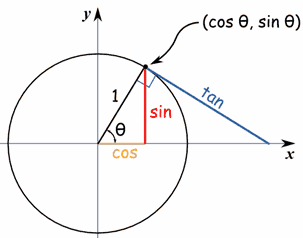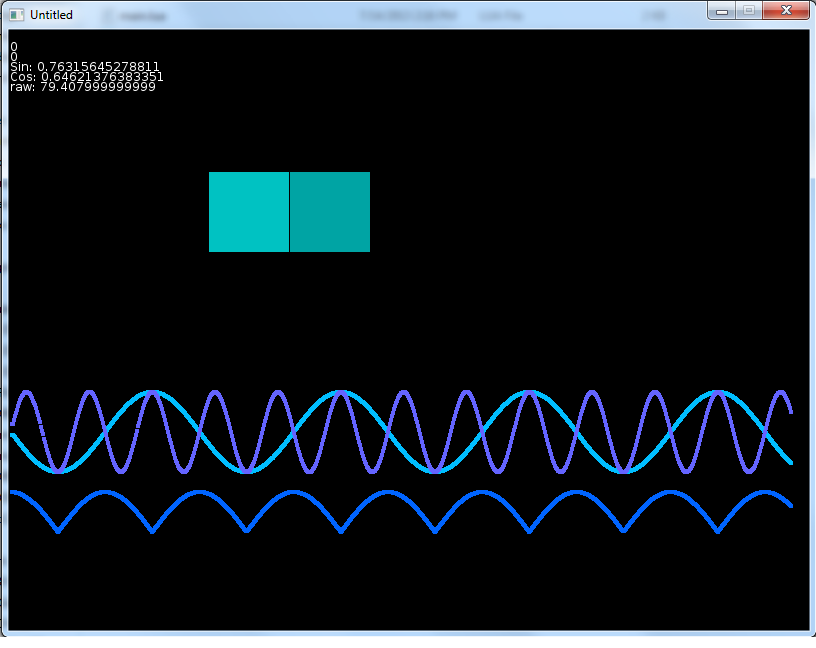The easiest way to understand basic trigonometry it to understand how the Sin, Cos and Tan functions came to be. (Something not taught in most maths classes).
Spoiler

Sin,Cos and Tan derive from the concept of a unit circle- a circle with a radius of 1.
A line the length of 1, drawn on the circle will have an angle, dubbed Theta (θ).
The sine of the angle (theta) is the Y co-ordinate of the point where the line touches the circle.
The cosine of the angle (theta) is the X co-ordinate of the point where the line touches the circle.
From knowing the line's start point (0,0), its end point (Cos θ, Sin θ) and its angle, it's possible to define a triangle.
It is because of this that Sin and Cos are capable of determining facts about a triangle.
Tan is slightly different in that it is the length of the straight line that joins the X and Y axes with the point where the line touches the circle.
In addition, the following rule apply:
Spoiler

These equations can be used to fill in the blanks for triangles with missing data.
By applying inverse operations (like o = h * Sin θ).
There are of course two ways of measuring angles - degrees and radians, most computer implementations use radians because they're easier for the computer to work with, CC lua is no exception.
Luckily CC's math api defines a rad function to convert degrees to radians (and a deg function for the opposite)Hopefully that clears up the basics.








